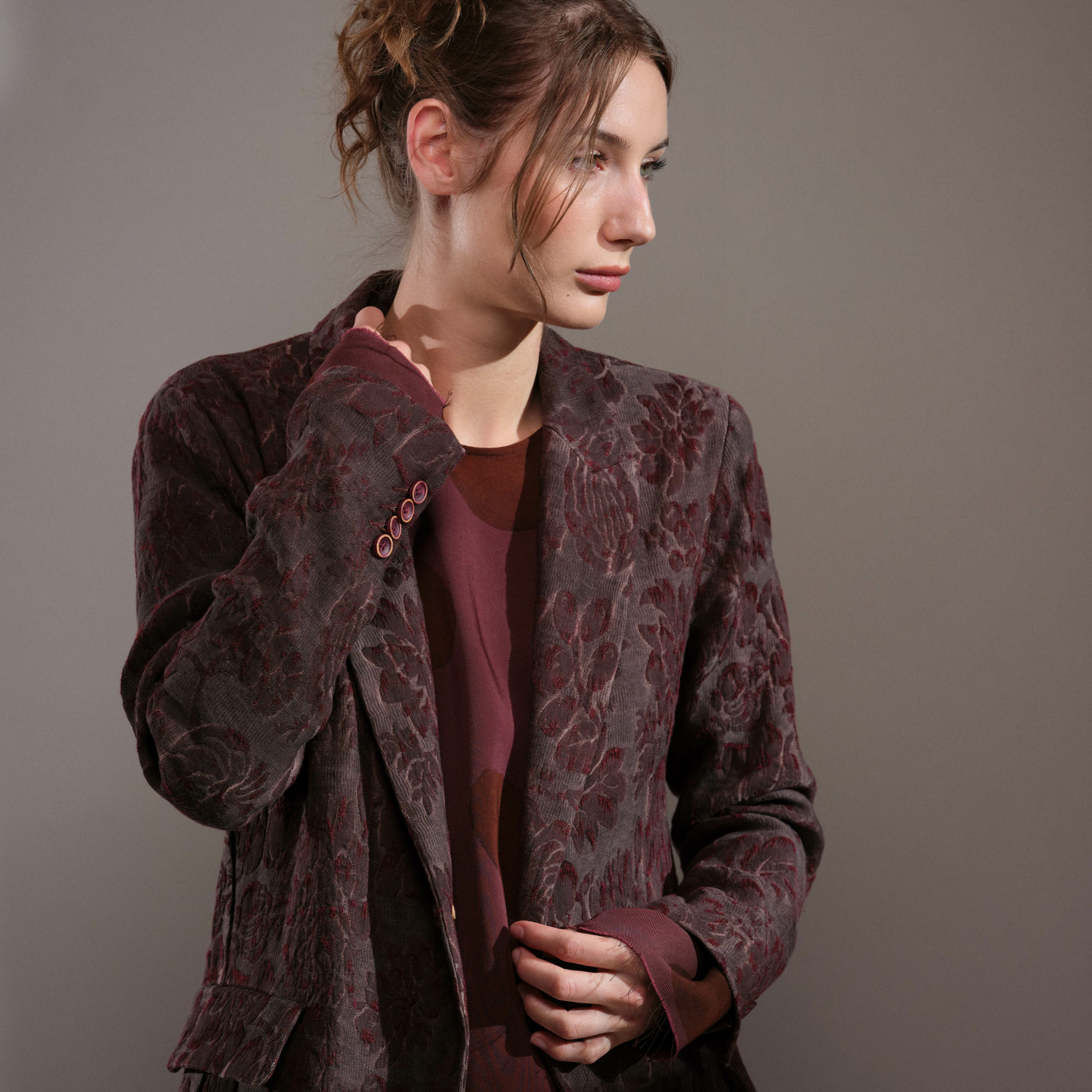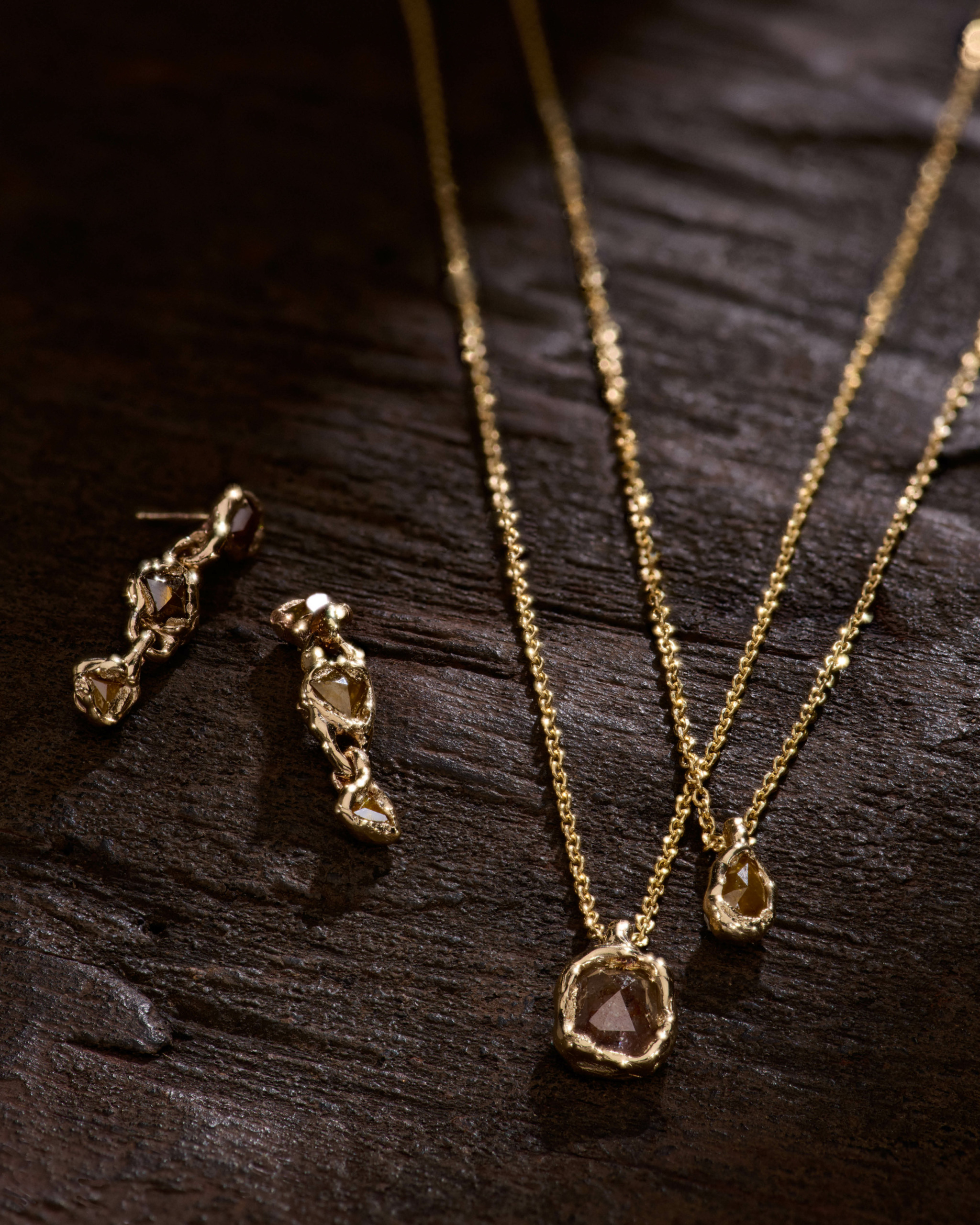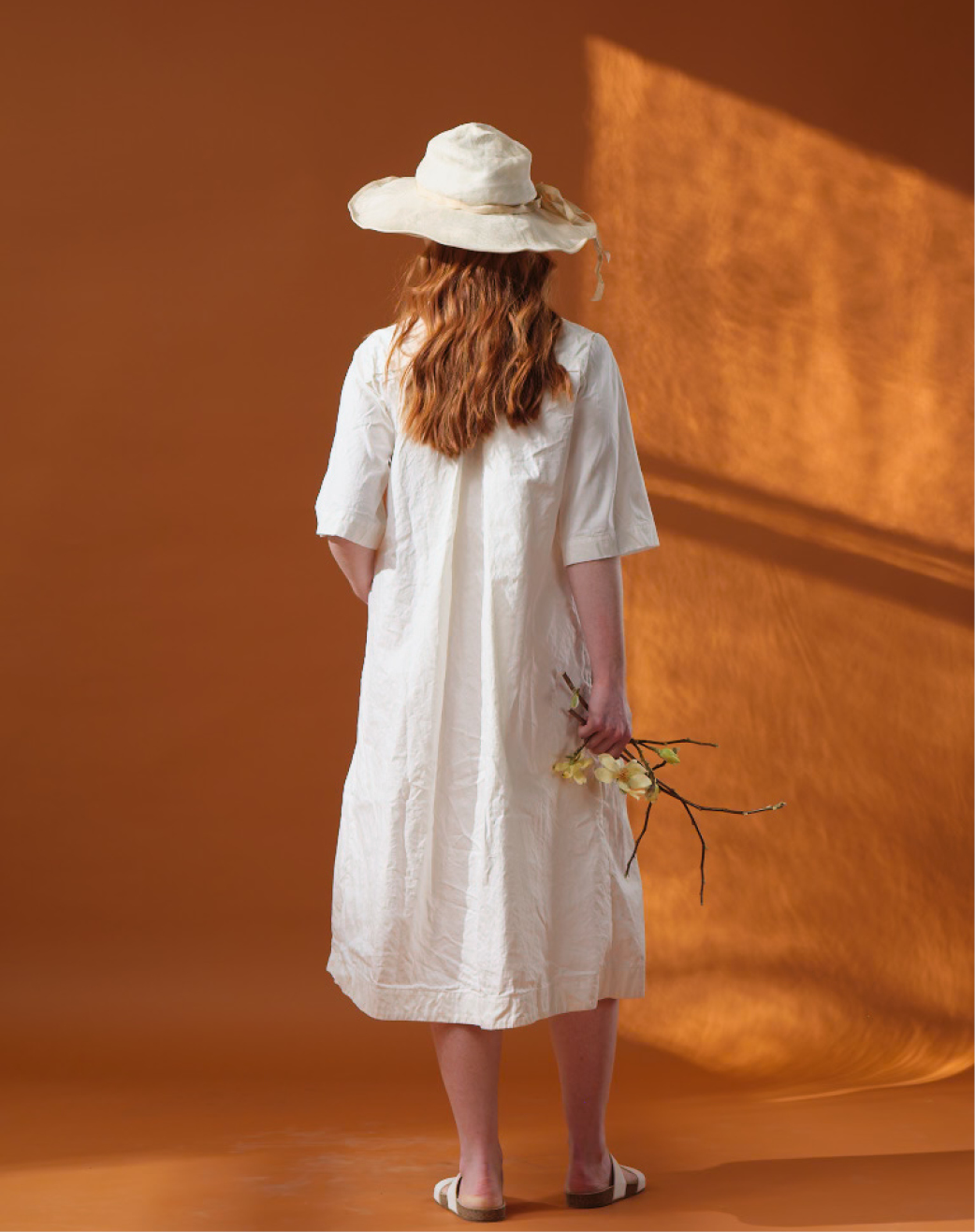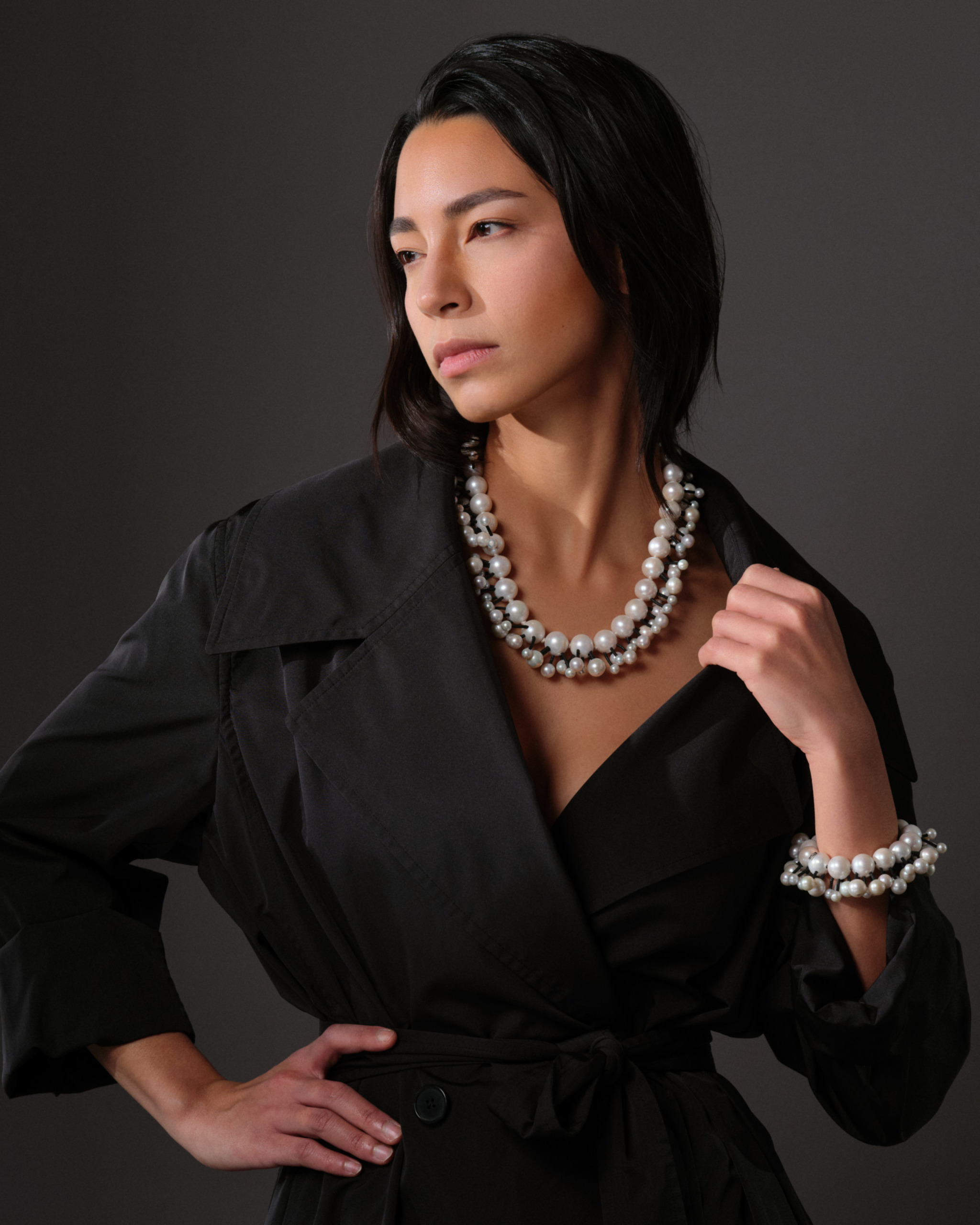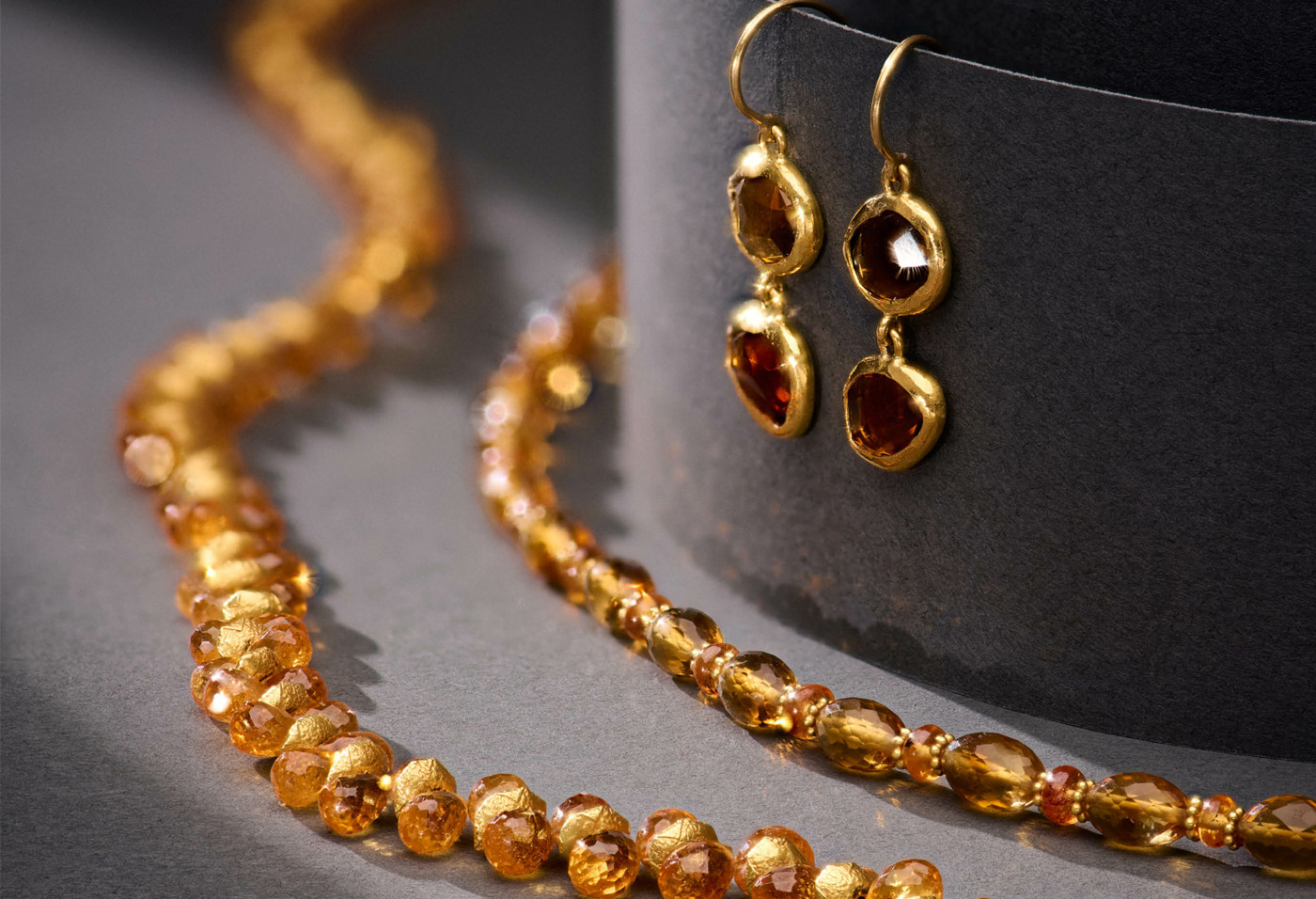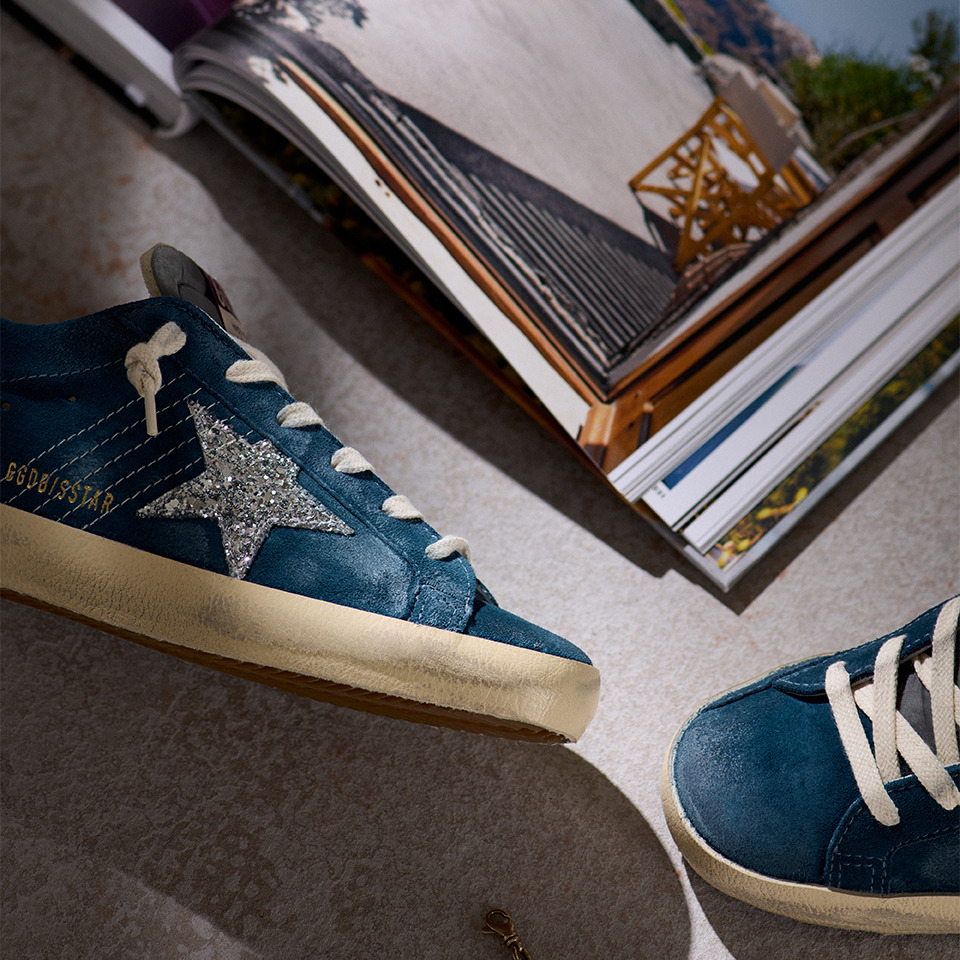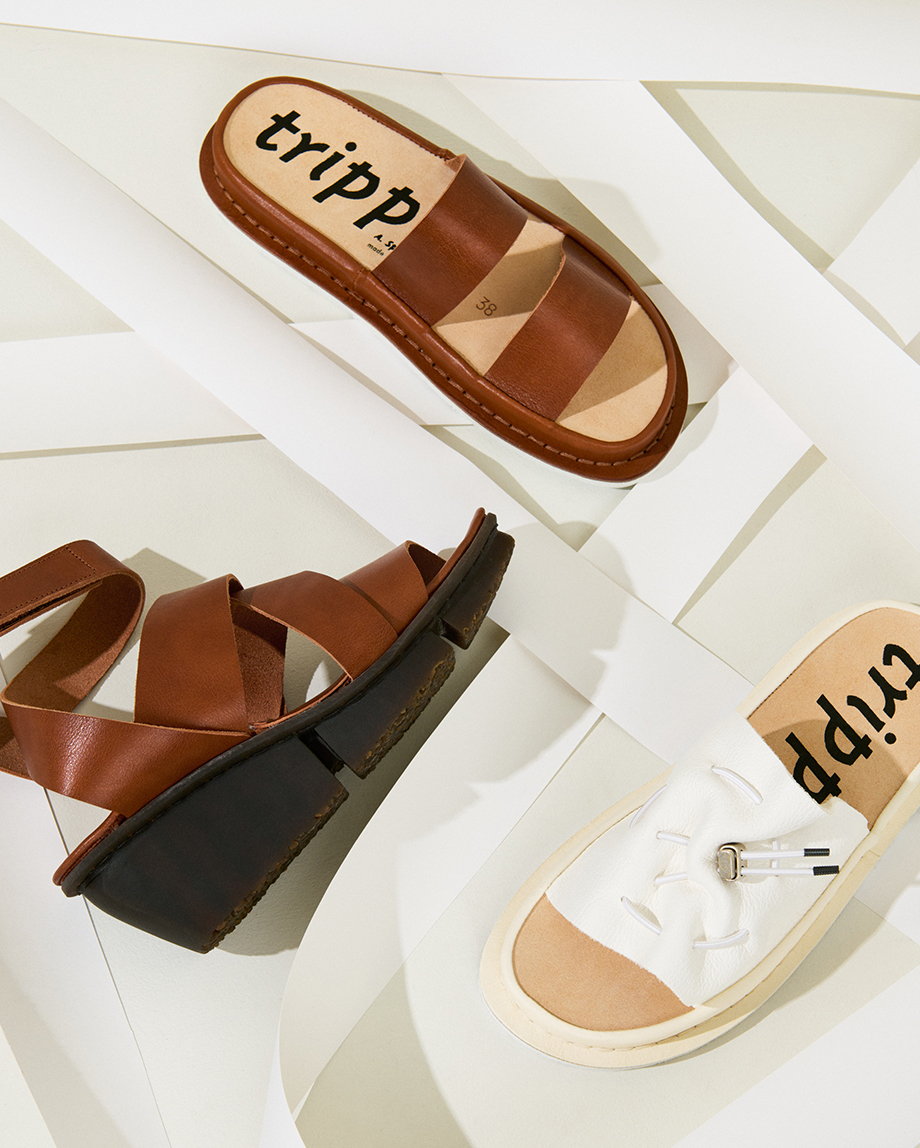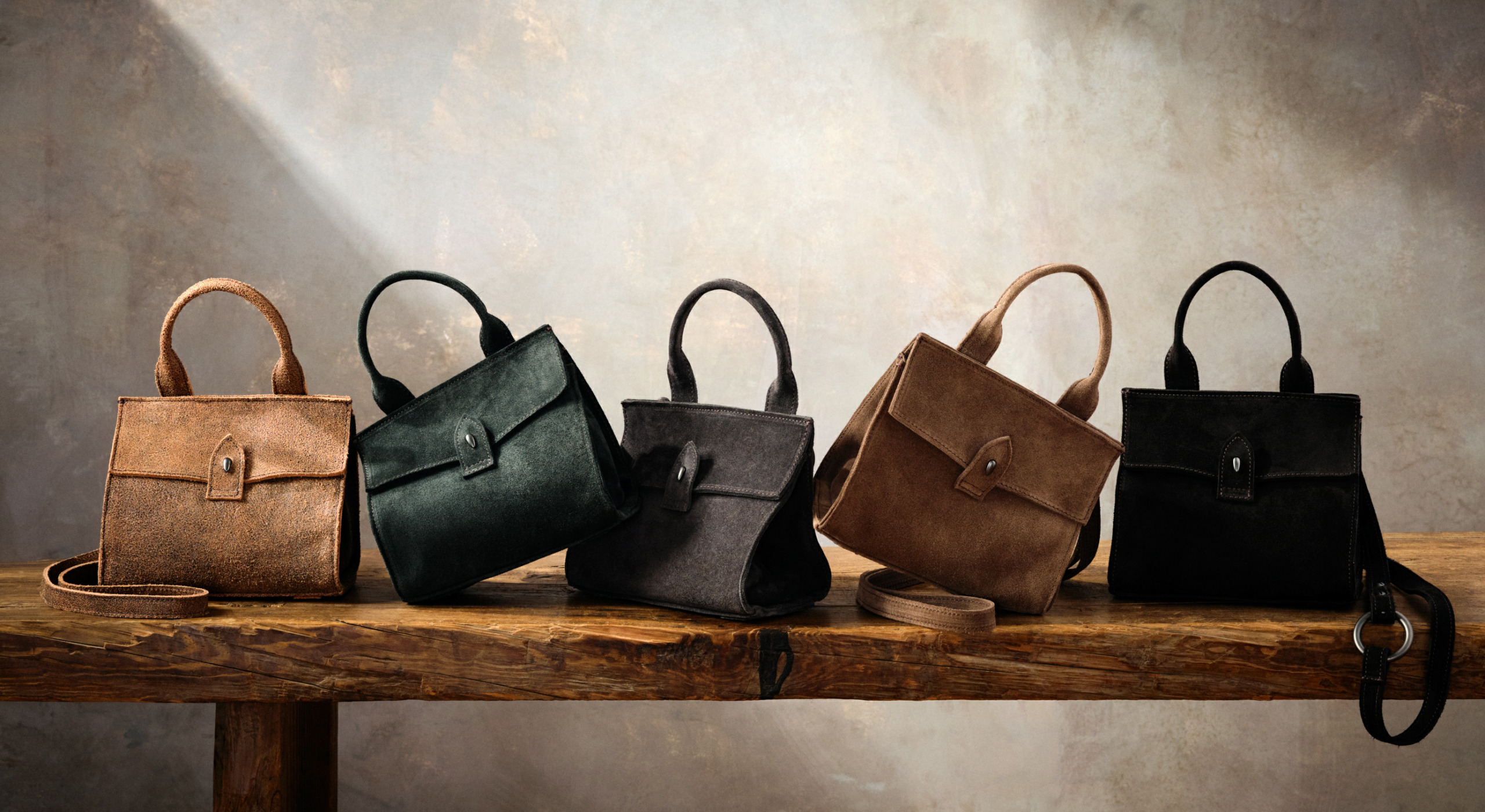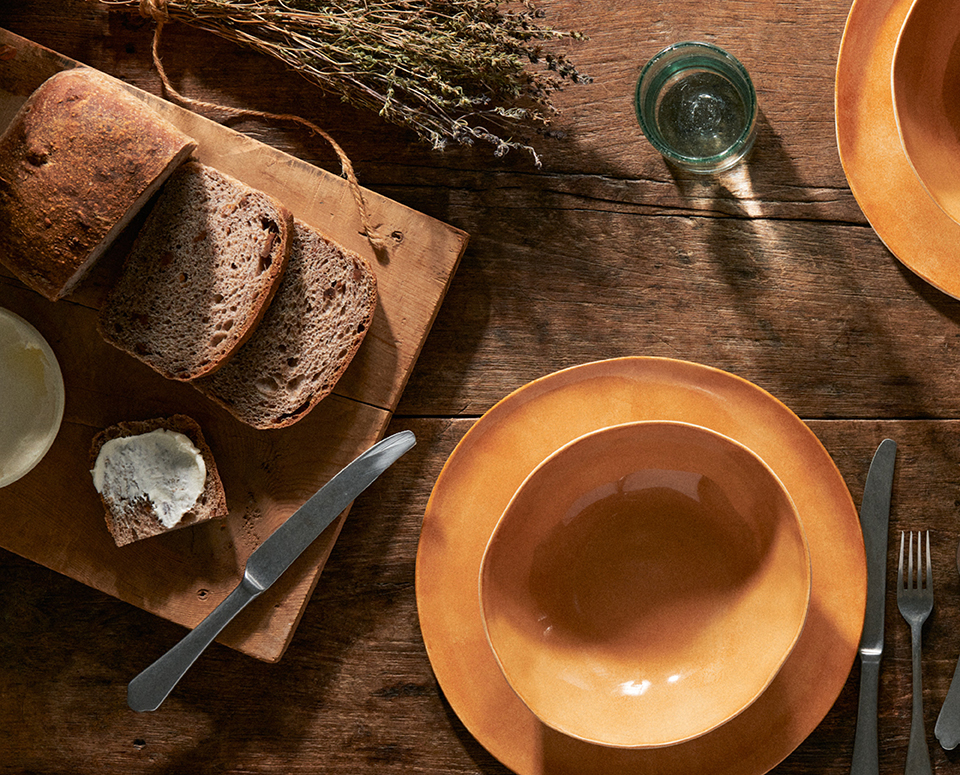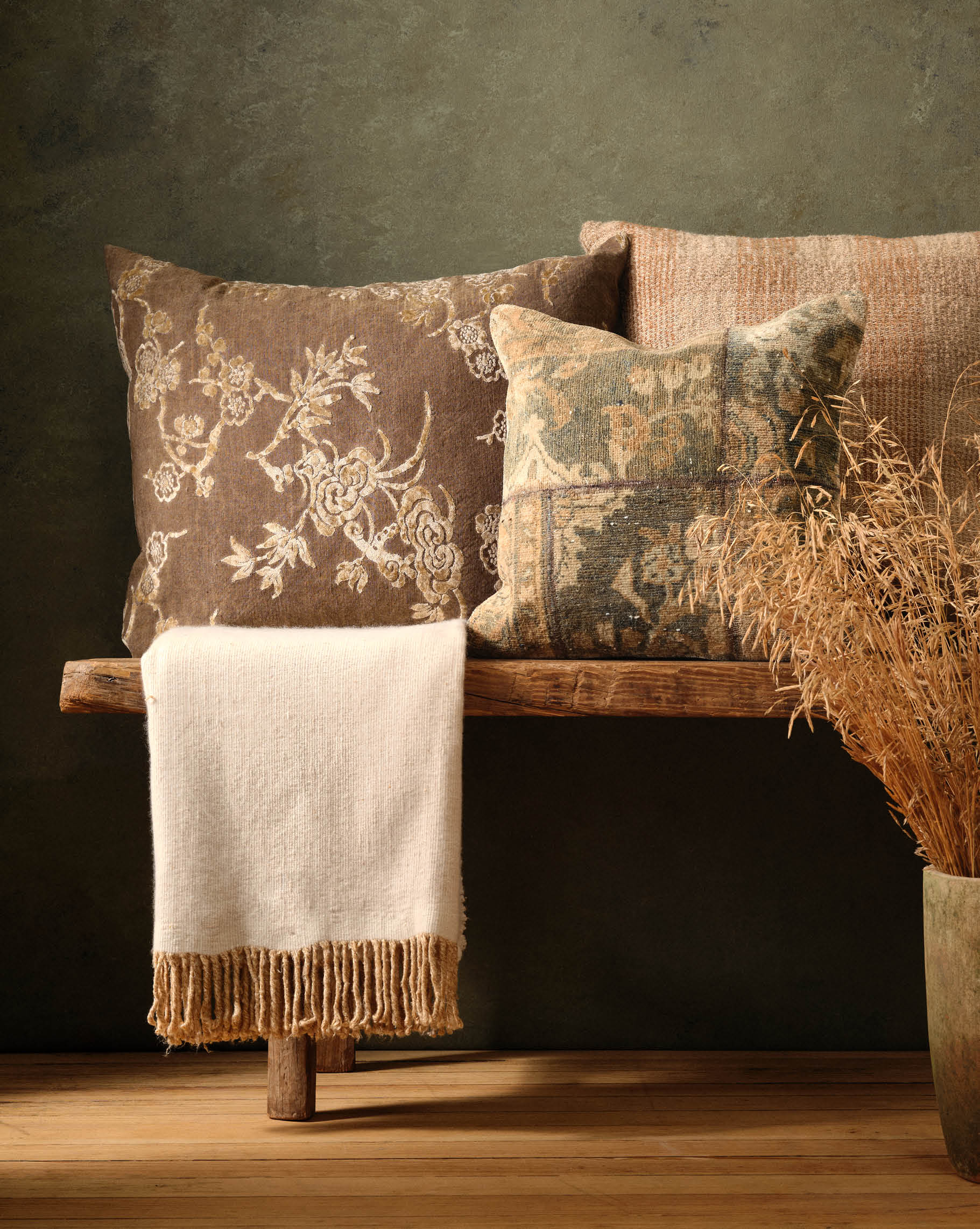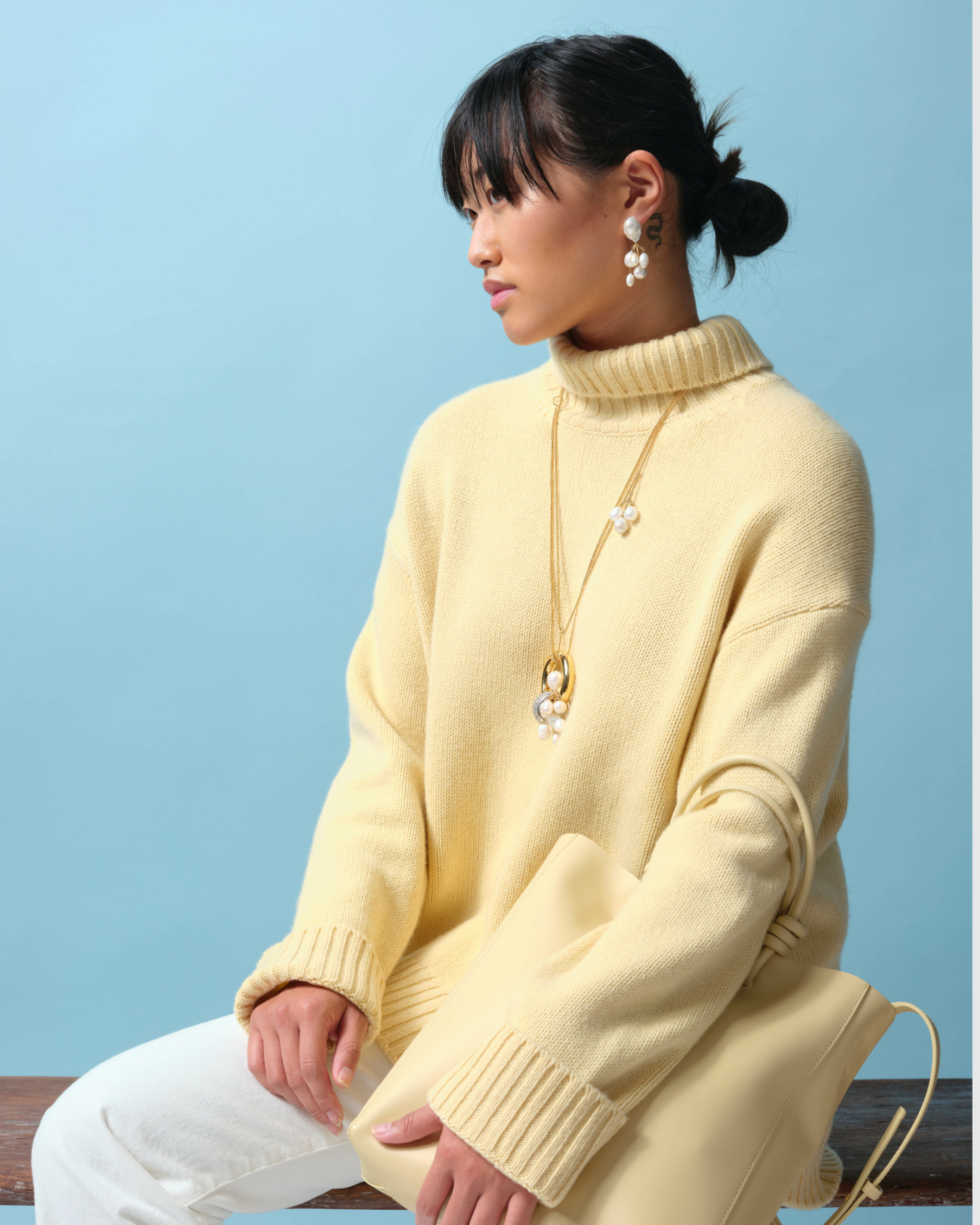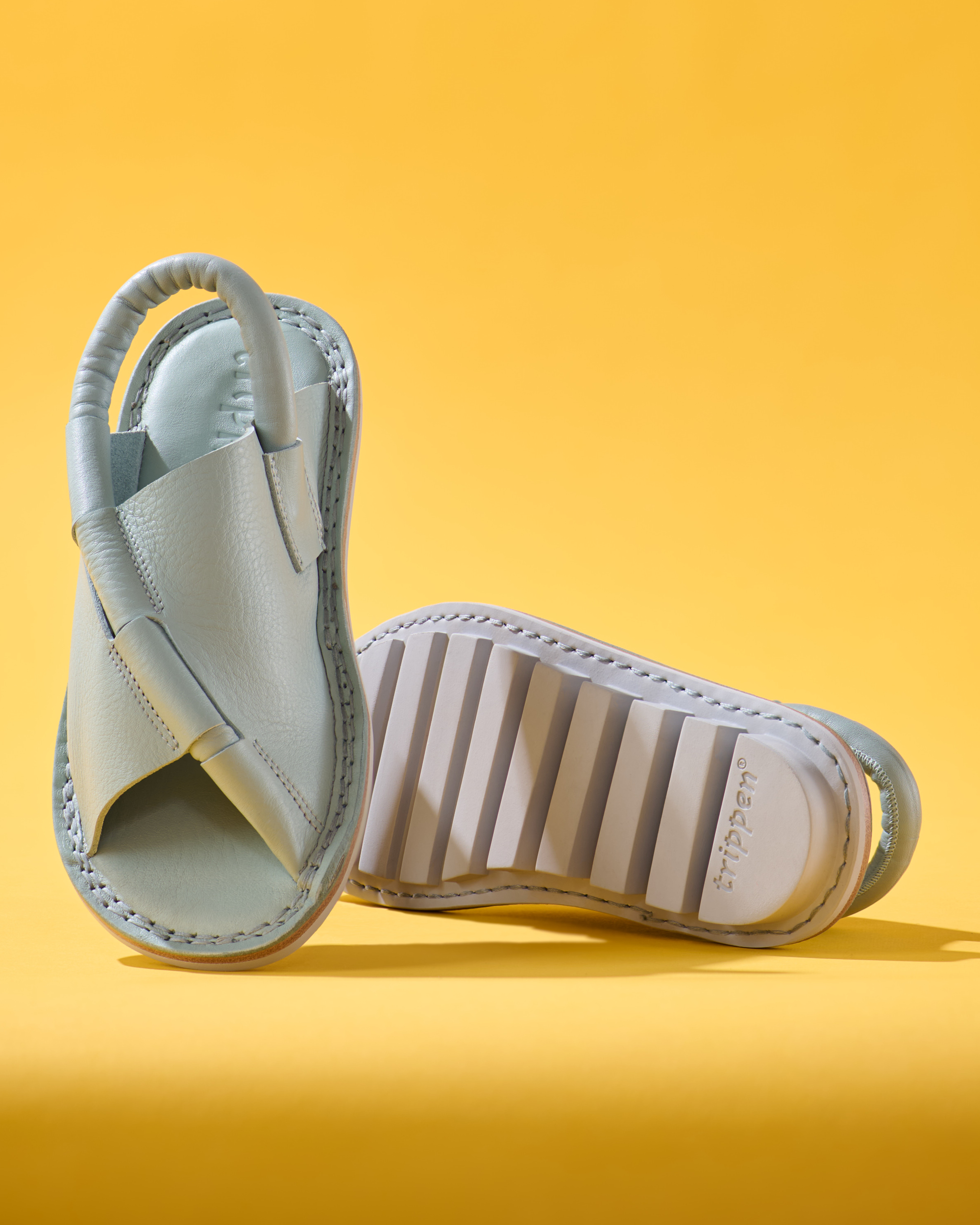The Good Shepherd knitwear company is the realization of Emily Watt’s research at the Royal College of Art in London. As a graduate student, she examined the future of textiles, a project which set her on a journey into the UK’s long history and future possibilities with wool. Established in 2013, The Good Shepherd creates intricately hand knit functional artisan pieces imbued with a strong sense of British identity, rooted to culture, process and place.
Originally learning to knit from her grandmother, Emily honed her fiber arts skills through her MA in Knitted Textiles from the RCA. She began her studies in fashion knitwear but changed her specialization to homegoods because she was drawn to the attention focused on the textile itself. Emily describes herself as fascinated by construction in all forms but particularly textile products and the appeal of making something from nothing. Knitting became her focus due to the skill’s portability and infinite possibilities.
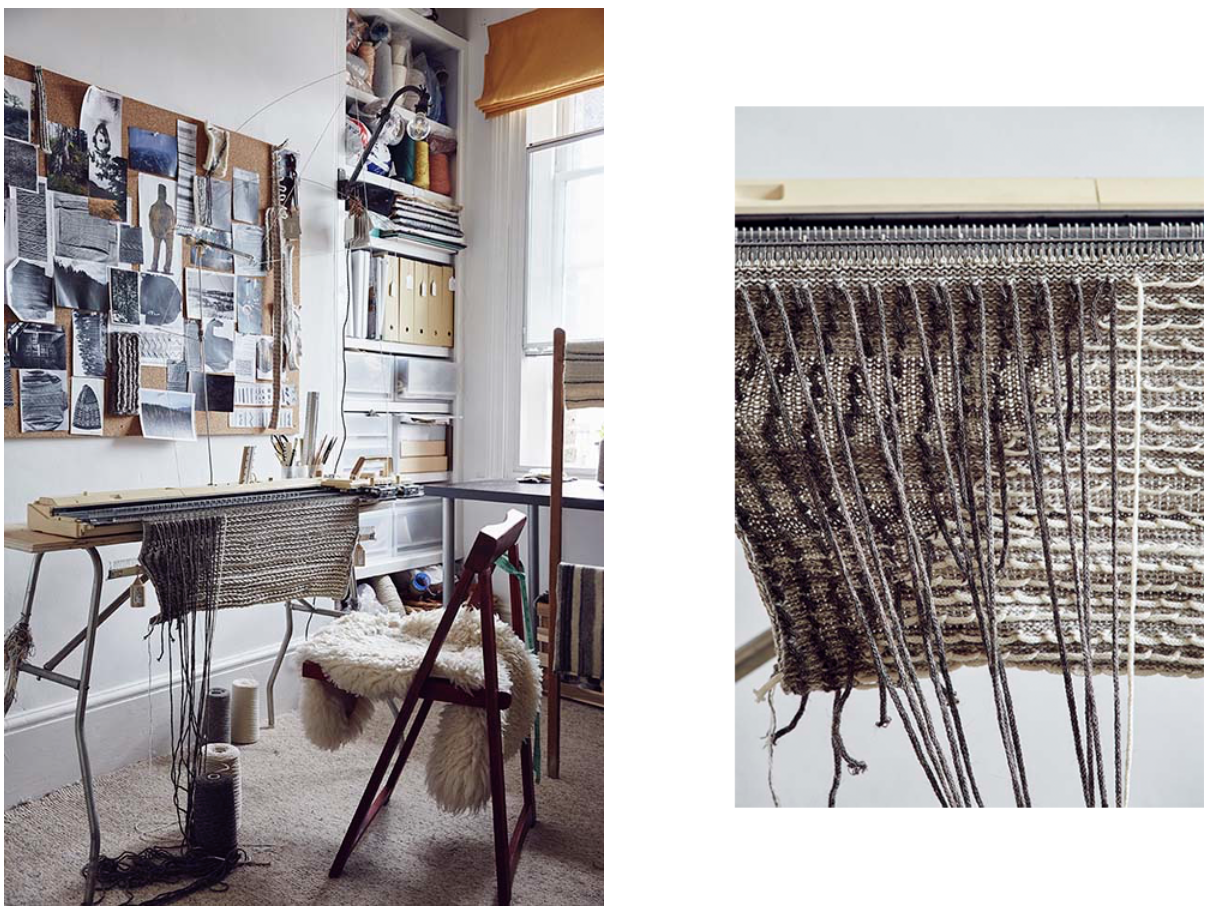
Research trips to the Shetland Islands in the north of Scotland formed the foundation and vision for Emily’s knitwear company. The Good Shepherd draws inspiration from the exposed, windswept landscape of the Shetland Islands, as well as being named after the small ferry boat that takes you to the island of Fair Isle from mainland Shetland. The Shetland Islands are a knitters mecca, renowned for centuries for the quality of their wool and their intricate knitting patterns and designs. Rugged conditions, inclement weather and minimal diets due to the landscape cause Shetland sheep to grow a softer and lighter weight fiber. Since the sheep are not bred for uniform fleeces, there is a greater variety in the quantity and depth of colors found in the virgin wool.
Emily’s interest in traditional knitwear and its continued influence on contemporary design made it essential to visit the Shetland islands and experience firsthand the farm to fabric philosophy of the wool being grown, spun and used in one place. This is a practice prevalent all over the islands and making a comeback across the UK as local, natural, sustainable resources are prioritized. The Good Shepherd pieces are made entirely from British wool, combining Shetland tradition with a modern aesthetic, beautifully textured and full of culture.

The name of the brand also resonates with the main principle of Emily’s studio which is respect for the materials worked with – intentionally choosing to use a local, natural material and highlight its beauty – to try to be a Good Shepherd. Through her sustainable products, Emily offers a deep and direct connection to nature and honors the process and cycle of life instead of trying to alter it for commercial production. She aims to express observations and respond to what’s around her life through textiles, often in simple graphics and differing textures, while using a readily available renewable resource.
Shetland sheep produce a variety of natural colors, ranging from blue grey to honey brown to true black and white. Emily uses mostly pure Shetland wool with small amounts of luxurious Blue Faced Leicester and Dorset wool and also small batches of yarn spun in Yorkshire. Emily embraces the challenge of the ever changing nature of her source material and the restricted palette. She enjoys exploring the infinite range of subtleties within the shades, using the natural shades to create a monochromatic look with depth. The pillows work as objects but also the wool is soft enough to function as an element of comfort in the home.

Emily’s work is often described as having a strong sense of British identity, yet the aesthetic relevance of her work resonates across styles. The natural color of the wool and geometric motifs are found in art across cultures and regions, including the American Southwest, Peru, Bolivia, Thailand and Southern China. The Good Shepherd pieces are considered collectible in Europe, both because of the quality of craftsmanship and the aesthetic elements of her work.
